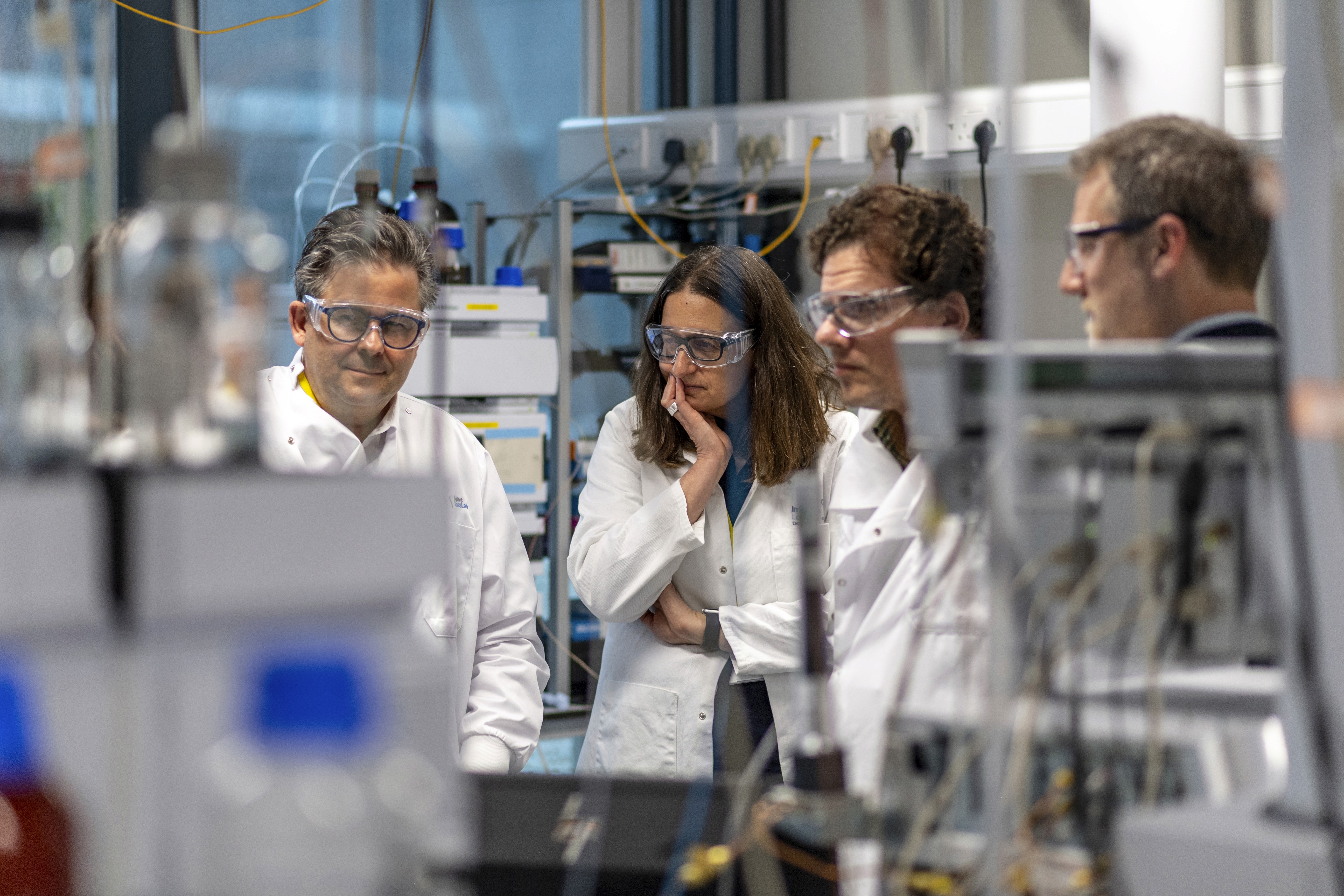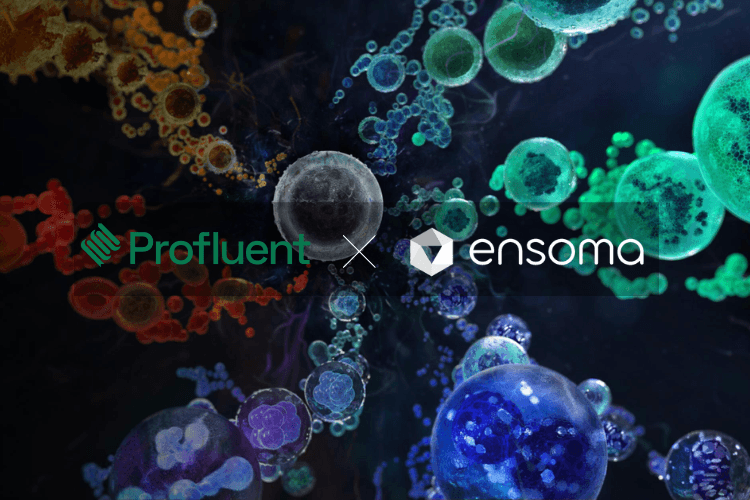LSD Gets a Brainy Makeover with New Potential as Schizophrenia Treatment
UC Davis scientists created a non-hallucinogenic LSD analog that may revolutionize schizophrenia treatment
Apr 15, 2025
[GPT-4o]
A mind-bending breakthrough from UC Davis scientists could rewire the future of psychiatric care. By tweaking LSD’s structure at the atomic level, researchers have created a new compound—JRT—that retains the neurotherapeutic punch of psychedelics while dialing down the hallucinations. Their study, published recently in PNAS, unveils a potential game-changer for treating conditions like schizophrenia, where the very thing that makes psychedelics powerful has kept them off the table—until now.
At this year’s SynBioBeta: The Global Synthetic Biology Conference, psychedelics will take center stage in a session entitled “Unbound Biology: Psychedelic Science Meets Breakthrough,” Featuring Rick Doblin, Steve Juretson, moderated by Gul Dolen, and discussed in even greater detail through a session entitled “Biotech Synthesizing Psychedelics: Unpacking the Options for Psychedelics Production.”

Psychedelic Without the Trip: A New Frontier for Mental Health
The research team, led by David E. Olson, has engineered a molecule called JRT, a close chemical cousin of LSD. The twist? By swapping the position of just two atoms, they drastically reduced the hallucinogenic effects while preserving the drug’s ability to spark brain growth.
“Basically, what we did here is a tire rotation,” said Olson, who directs the institute and holds appointments in chemistry, biochemistry, and molecular medicine. “By just transposing two atoms in LSD, we significantly improved JRT’s selectivity profile and reduced its hallucinogenic potential.”
The team’s decade-long quest to develop JRT was named in honor of Jeremy R. Tuck, the former graduate student who first synthesized it. Co-authoring the study with fellow researcher Lee E. Dunlap, Tuck helped build JRT through a meticulous 12-step synthesis. The compound, Olson says, could rewrite the treatment playbook for disorders where traditional psychedelics are off-limits—like schizophrenia.
Rewiring the Brain, Responsibly
JRT’s ability to promote neuroplasticity—growing new connections between brain cells—stood out across a series of rigorous tests. In mouse models, the drug boosted dendritic spine density by 46% and synapse density by 18% in the prefrontal cortex. It delivered these effects without triggering behaviors linked to hallucinations or activating schizophrenia-associated genes, two significant hurdles for traditional psychedelics like LSD.
“No one really wants to give a hallucinogenic molecule like LSD to a patient with schizophrenia,” Olson said. “The development of JRT emphasizes that we can use psychedelics like LSD as starting points to make better medicines.”
The results speak volumes: JRT proved to be highly potent and selective for 5-HT2A serotonin receptors—key players in regulating cognition and mood. It showed antidepressant effects roughly 100 times more powerful than ketamine, currently the gold standard for fast-acting mood disorders, and improved cognitive flexibility, helping mice adapt to shifting rules in behavioral tests.
Unlike many existing treatments for schizophrenia, JRT targeted what most medications fail to address—anhedonia and cognitive dysfunction. Even clozapine, the most effective atypical antipsychotic, comes with serious side effects and is not a go-to option for early intervention. JRT may offer a safer, more effective pathway for tackling these overlooked symptoms.
What's Next for JRT?
With promising results in hand, Olson’s lab is now pushing JRT into new terrain—testing its effects on other neurodegenerative and psychiatric diseases, refining its synthesis, and designing analogs that could be even more potent or selective.
“JRT has extremely high therapeutic potential,” Olson said. “Right now, we are testing it in other disease models, improving its synthesis, and creating new analogs of JRT that might be even better.”
In a field increasingly captivated by the therapeutic promise of psychedelics, JRT stands out by showing that you don’t need to trip to heal. With further development, it could mark the beginning of a new era—where neuroplasticity is dialed in like a precision tool, and psychiatric treatment becomes smarter, safer, and more targeted.


















